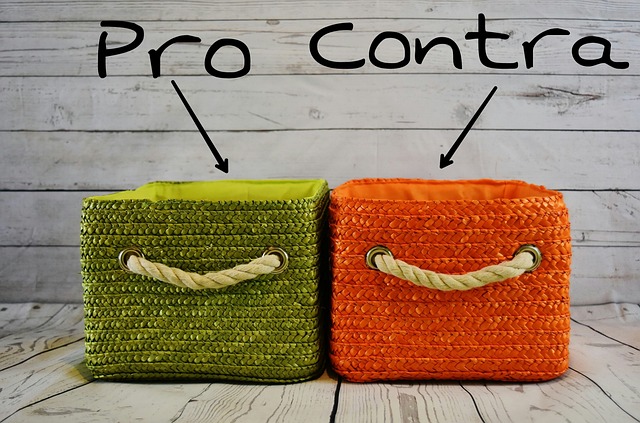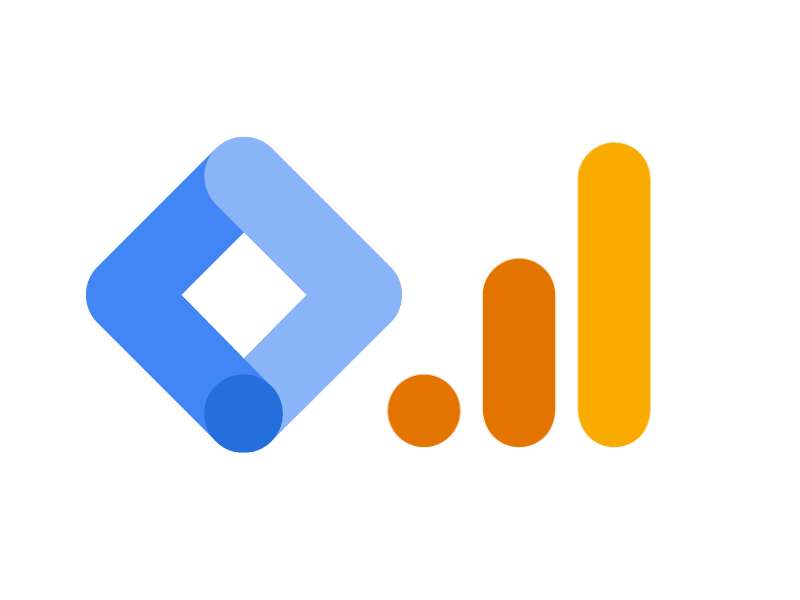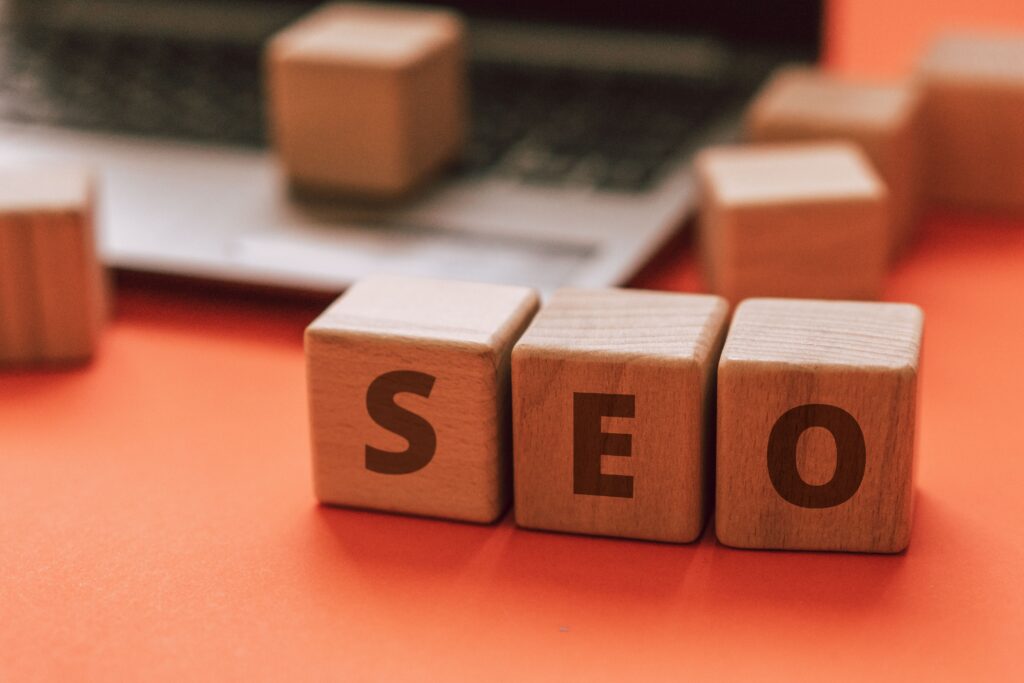Advantages and Disadvantages of Paid Media: Uncover Truths | Paid media advantages include quick audience reach and brand visibility control; disadvantages involve cost and potential audience ad fatigue. Paid media strategy requires balancing investment against return on investment.
Paid media stands as a powerful tool for businesses seeking immediate exposure in the crowded digital landscape. By investing in advertising space, companies can catapult their brand into the spotlight, ensuring they capture the attention of their target demographics. Cost controls and ad targeting options make it a versatile asset.
On the flip side, paid media campaigns can drain resources without guaranteeing conversions, making them a double-edged sword. Sustainable success in paid media demands continuous optimization and strategic content placement to maintain relevance and engagement amidst a sea of competitors. Opting for paid media as part of a broader marketing mix can significantly enhance a brand’s online presence and drive sales, provided the campaigns are well-crafted and closely monitored.
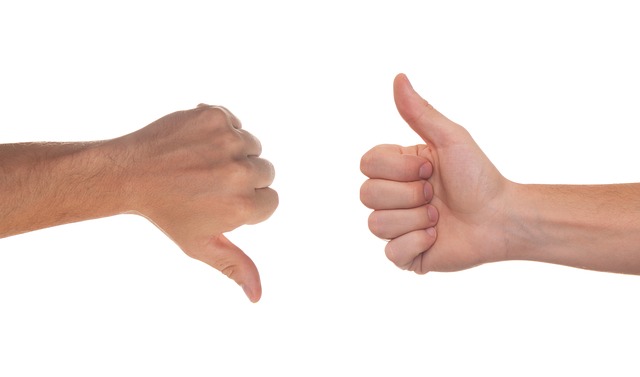
Credit: www.healthline.com
Paid Media Landscape
The ‘Paid Media Landscape’ is a fast-paced world. It changes constantly. Brands use paid media to reach more people. Read on to understand the advantages and the challenges.
Rise Of Paid Media In Digital Marketing
Paid media has transformed marketing. It helps brands stand out. Companies invest heavily in it. Let’s explore this rise.
- Reach new audiences: Paid campaigns extend a brand’s reach.
- Target precisely: Advertisers choose who sees their ads.
- Quick results: Paid media drives traffic faster than organic methods.
- Trackable performance: Marketers measure success easily in real time.
Key Players In The Paid Media Ecosystem
Different platforms lead in paid media. They serve ads to billions of users. Here is a look at these giants.
| Platform | Audience | Ad Options |
|---|---|---|
| Google Ads | Massive search audience | Search, Display, Video |
| Large social network | Newsfeed, Stories, Marketplace | |
| Young, engaged users | Stories, Posts, IGTV | |
| Professionals and B2B | Sponsored Content, InMail |
Each player offers unique benefits. They suit different goals and audiences. Marketers must pick wisely.
Defining Paid Media
Defining Paid Media refers to marketing efforts that require payment to feature content on external websites and networks. This allows businesses to target a specific audience, guaranteeing more control over the visibility of their content. Brands pay for media placements, such as advertisements, to boost traffic and directly influence their reach.
Types Of Paid Media Channels
Businesses employ various channels to maximize their paid media strategy. Key platforms include:
- Search Engine Advertising: Businesses bid on keywords to appear as sponsored results in search engines.
- Social Media Ads: Sponsored content on platforms like Facebook, Instagram, and Twitter targets specific demographics.
- Display Ads: Visual ads placed on websites within ad networks to attract user attention.
- Sponsored Content: Articles, videos, and other forms of media directly funded by a company for promotional purposes.
- Influencer Partnerships: Collaborations with individuals who have large followings to promote products or services.
How Paid Media Fits In The Marketing Mix
Paid media is a crucial part of the marketing mix. This mix also includes earned media and owned media, which are the free coverage from media entities and content created by a brand respectively. Paid media ensures that promotional content reaches a wide audience. It complements organic efforts by filling gaps in visibility and discoverability.
| Marketing Mix Component | Role |
|---|---|
| Paid Media | Expands reach and targets specific audiences through paid channels. |
| Earned Media | Increases credibility through free media coverage such as reviews and mentions. |
| Owned Media | Engages audiences with content a business creates and controls. |
Advantages Of Paid Media
Paid media offers a dynamic way to reach your audience. Businesses large and small use it to grow their presence. It has several benefits. Let’s dive in to understand these perks better.
Immediate Traffic Boost And Visibility
Seeking a quick audience for your brand? Paid media shines here. Once you set up a campaign, your ads start to display. This means more people see what you offer right away. This immediate boost in traffic can lead to quicker results compared to organic growth strategies.
This speed in gaining visibility is a game-changer. Especially for new products or time-sensitive promotions. It could take weeks or months to see such results without paid media.
Targeting Precision And Audience Granularity
Paid media is like a sharpshooter in the world of advertising. With tools on platforms like Google Ads or Facebook, you can target your audience with high precision. These tools let you choose who sees your ads based on details like:
- Location: Advertise to people in specific areas.
- Demographics: Select age, gender, and more for your audience.
- Interests: Target what your audience likes or does.
- Behavior: Focus on how your audience interacts with similar products.
This deep level of granularity means your ads are more likely to hit the mark. They can reach the right people at the right time. By doing so, your ad spend becomes an investment with the potential for high returns.
Campaign Control And Flexibility
The power of Paid Media lies in its vast campaign control and flexibility. With these features, advertisers can swiftly adapt to market changes and audience behavior. These capabilities have significant advantages and some drawbacks that brands should consider in their marketing mix.
Real-time Performance Analysis
Instant feedback on campaigns allows for strategic adjustments to be made on the fly. This ensures the marketing efforts remain effective and efficient. Key benefits include:
- Performance metrics like click-through rates, engagement, and conversions are readily available.
- Ability to test different ad variations to optimize for the best outcomes.
- Insights can lead to quick decisions that can positively impact the campaign’s ROI.
The primary disadvantage lies in an over-reliance on immediate data. Long-term trends may be overlooked if the focus is too narrow on short-term analytics.
Budget Management Across Campaigns
Managing a budget across various media campaigns offers substantial control over spending. Key aspects include:
- Allocating funds according to campaign performance.
- Options to scale up or down based on real-time analytics.
- Setting daily, weekly, or monthly budgets to cap spending and avoid overextending financial resources.
One potential downside is the need for constant oversight. Without close monitoring, campaigns can devour budgets without yielding expected results.
Brand Building Potential
The ability to build a powerful and recognizable brand can significantly impact your business’s success. Paid media offers unique advantages for creating a strong brand identity. However, it is vital to understand the balance between benefits and potential downsides.
Enhancing Brand Exposure
Paid media campaigns quickly boost your brand visibility. They enable your message to reach a wider audience across various platforms. The immediate nature of paid media means your brand can gain significant exposure in a short amount of time.
- Targeted ads place your brand in front of the right eye.
- Ad platforms provide analytics to measure exposure levels.
- Visual and audio elements in ads can make memorable impressions.
Creating A Multi-channel Brand Presence
With paid media, brands can establish a presence on multiple channels. This broad presence helps in creating a consistent brand experience for potential customers. Consistency is key to building trust and brand loyalty.
| Channel | Advantages | Disadvantages |
|---|---|---|
| Social Media |
|
Potential for negative comments |
| Search Engines |
|
High competition can increase costs |
| Display Networks |
|
Lower click-through rates |
Choosing the right channels and crafting tailored messages for each can enhance your brand’s overall image. The key is to maintain a consistent voice and imagery across all platforms to establish brand recognition.
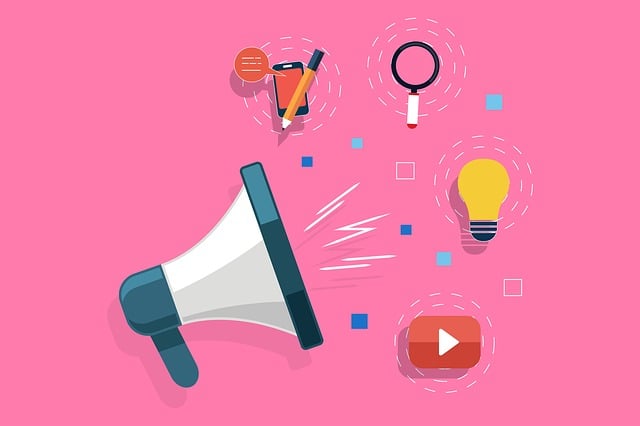
Credit: www.amazon.com
Disadvantages Of Paid Media
While paid media can give a quick boost, it’s not all glitz and glam. Let’s look at some drawbacks.
Costs Can Escalate Quickly
Paying for media spots can drain your wallet. Budgeting is tough. Campaigns don’t always pay off, making costs a risky game. Here’s why:
- Bidding wars hike up prices.
- Popular keywords cost more.
- Testing ads eat up budgets.
- ROI isn’t always clear-cut.
Marketers must be sharp to avoid overspending. A cap on ad spend is a must. Tracking your spending is key to staying afloat.
Ad Fatigue Among Consumers
Consumers can get tired of ads. Repeatedly seeing the same ad can annoy them. Here are some effects:
- Skip ads with a click
- Ignore banner ads
- Unfollow or hide ad content
Creating fresh, engaging ads is vital. Mix up your content to keep followers interested. Ad fatigue means lost interest and lost sales.
Sustainability And Longevity Issues
Understanding the long-term effects of paid media can be crucial for a business’s success. Issues related to sustainability and longevity often arise. Let’s explore key aspects involving the temporary nature of campaigns and the dependency on continuous funding.
The Temporary Nature Of Paid Campaigns
Paid media campaigns are like fireworks; they light up the sky brilliantly but only for a moment. The moment you stop funding, the impact fades away. This temporary boost can increase traffic and sales dramatically, yet it’s a short-lived strategy.
- Instant results often disappear as the campaign ends.
- Campaigns need frequent updates and fresh content.
- The visibility is not permanent.
Dependency On Continuous Funding
Paid media strategies demand a steady flow of funds. Without a reliable budget, campaigns cannot sustain their presence or impact. This dependency creates a challenge for long-term success.
| Aspect | Impact |
|---|---|
| Running Cost | Increase with broader campaigns |
| Budget Fluctuations | Affect campaign consistency |
| Funding Stops | Leads to instant visibility drop |
These two elements highlight the intricate dance between immediate gain and long-term planning in the world of paid media.

Credit: helpfulprofessor.com
Transparency And Mistrust
In the landscape of paid media, transparency and trust issues often surface. Businesses invest heavily in online advertising to reach a wider audience. Yet, potential pitfalls linked to transparency and trust can affect the overall performance of paid media campaigns. These concerns relate to both the authenticity of the audience and the honesty of the metrics reported.
Concerns Over Click Fraud And Bot Traffic
Click fraud and bot traffic erode trust in paid media. Advertisers pay for clicks or impressions, assuming they are from real, interested users. In reality, a portion may be generated by bots or malicious actors engaging in fraudulent activities. This deception leads to wasted budgets and skewed analytics, making campaign assessment challenging.
- Excessive Costs: Non-human traffic inflates advertising costs without providing any real value.
- Distorted Data: Bots and fraudulent clicks distort performance metrics, misleading marketers about their campaign’s success.
- Swift Detection: Advanced algorithms now attempt to identify and mitigate fraudulent activity, albeit not foolproof.
Skepticism Around Paid Media’s Authenticity
The perceived authenticity of paid media is another concern. Consumers have become savvy. They can often distinguish paid content from organic, potentially questioning the credibility of the information and intentions behind it. Brands may face challenges when establishing trust within their paid media strategies.
| Aspect | Impact |
|---|---|
| User Trust: | Ads may evoke skepticism, impacting user trust negatively. |
| Brand Image: | Perceived inauthenticity can tarnish a brand’s reputation and user relationship. |
| Engagement Levels: | Authentic engagements may decline as users grow wary of paid promotions. |
While paid media remains an essential tool for growth, addressing these transparency and trust issues is crucial for long-term success.
Finding Balance With Organic Efforts
Understanding the right mix of paid and organic media efforts can be a game-changer. It’s about finding harmony. Paid campaigns offer a quick boost. Organic growth builds lasting trust. Now, let’s explore how to balance these approaches.
Integrating Paid Media with Organic Strategies
Integrating Paid Media With Organic Strategies
Success calls for integrating both paid and organic strategies. Let’s consider how:
- Paid media generates immediate traffic.
- Organic efforts secure a steady audience over time.
Paid promotions can elevate high-performing organic content. This boosts overall visibility. Align paid ads with organic content for a uniform message. This ensures a coherent brand experience for the audience.
Creating a Synergistic Marketing Plan
Creating A Synergistic Marketing Plan
A carefully crafted marketing plan uses the strengths of both approaches:
- Start with organic to build a content foundation.
- Layer in paid campaigns to amplify select content.
- Measure and adjust the mix for optimal results.
A synergistic plan taps into the quick wins of paid media while nurturing the relationship-building power of organic reach. Together, they drive engagement and conversions more effectively than when used in isolation.
Future Trends In Paid Media
As digital landscapes change, so too do the strategies in paid media. Advertisers and brands look forward to leveraging emerging trends that promise higher efficiency and better outcomes. Let’s explore what the future holds for this dynamic field.
The Role Of AI and Automation
Artificial Intelligence (AI) and automation are reshaping paid media. AI algorithms now power ad placement, optimizing in real-time for improved performance. Automation simplifies campaign management and reduces manual tasks.
- Smarter targeting through machine learning
- Automated bidding for the most cost-effective ad buys
- Enhanced ROI tracking with AI-driven analytics
As AI models grow more sophisticated, they forecast user behavior to display the most relevant ads. This precision leads to better conversion rates and enhanced return on investment.
Predictive Analytics And Targeting Innovations
Predictive analytics use data to forecast trends and user actions. This data-driven approach revolutionizes how advertisers connect with audiences.
| Trend | Advantage |
|---|---|
| Dynamic Creative Optimization | Customizes ads in real-time based on user data |
| Lookalike Audiences | Finds new users that resemble your best customers |
| Customer Lifetime Value Predictions | Focuses on long-term profitability per user |
Utilizing these innovations, campaigns become more targeted. Ads reach individuals with high purchase intent, increasing efficiency and reducing ad waste.
Frequently Asked Questions Of Advantages And Disadvantages Of Paid Media
What Are The Pros And Cons Of Paid Media?
Pros of paid media include immediate traffic generation, precise targeting options, and enhanced brand visibility. Cons encompass higher costs, the potential for ad fatigue, and reliance on budget sustainability for ongoing results.
What Is The Benefit Of Paid Media?
Paid media boosts brand visibility, targets specific audiences quickly, and drives immediate traffic and conversions. It enhances marketing reach and can provide measurable, instant results.
What Are The Disadvantages Of Paid Advertising?
Paid advertising can quickly deplete budgets, especially for competitive keywords. It requires continuous investment for visibility, and its stoppage can lead to immediate traffic loss. Users may trust organic results more, potentially reducing paid ads’ click-through rates. Over-reliance on paid ads can also stifle organic growth efforts.
What Are The Problems With Paid Media?
Paid media can strain budgets due to its ongoing costs. It also risks lower trust compared to organic methods. Ad fatigue from viewers may decrease effectiveness over time. Dependency on platforms’ algorithms can lead to unstable traffic flows and visibility.
What Are Paid Media’s Primary Benefits?
Paid media can significantly increase brand visibility, enhance targeted reach, and drive immediate traffic, leading to quicker results compared to organic strategies.
Conclusion
To sum up, paid media presents a blend of benefits and drawbacks. It offers quick visibility and precise targeting but at a cost and potential dependency. A wise investment in paid media can amplify reach, yet a balanced approach with organic strategies ensures long-term success.
Choose wisely to fuel growth.

